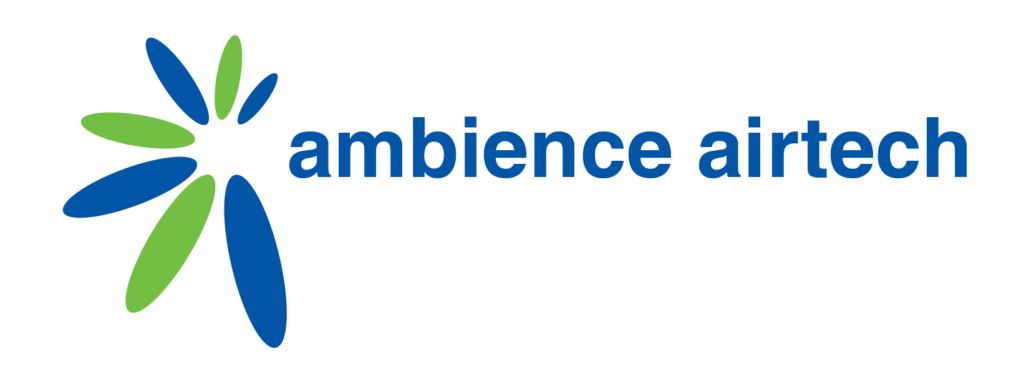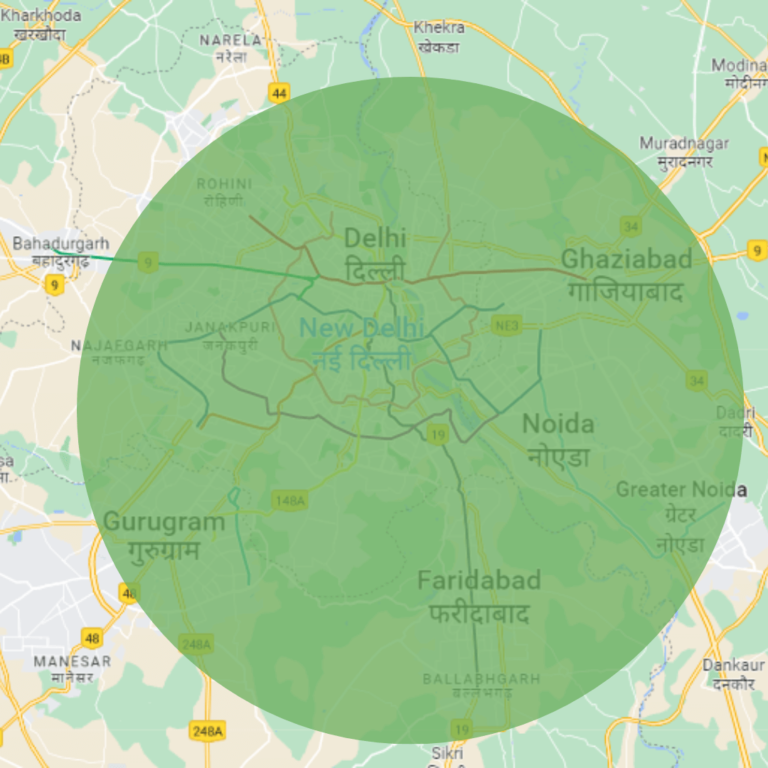If you’re a business owner looking for a new light commercial HVAC system, you’ve probably realised that the price of the equipment isn’t the only factor to consider. The cost of commercial HVAC installation can vary greatly from one installation vendor to the next. So, how do you compare quotes and know exactly what you’re paying for and getting for your money? Because you’re probably not an HVAC expert, understanding the quotes and what’s included can be difficult.
Here’s a crash course in commercial HVAC installation costs to help you compare options, understand why prices vary, and ultimately decide which proposal is best for you.
Understanding the fundamentals of commercial HVAC installation costs
Each commercial HVAC installation cost proposal includes both labour and materials for installation tasks. You might think that comparing average daily labour rates and material markups is the best way to compare, but this exercise can be very misleading.
Here’s an illustration. Some businesses charge a hefty rate of pay to cover costs such as premiums, oversight, store costs, and project management. However, you may receive a proposal with a much lower pay rate, but the vendor adds some of that cost in as separate line items for things like insurance, delivery, or “general conditions.”
Examine the line items to see how and where costs are included in the proposal to ensure you’re comparing apples to apples.
Our best piece of advice? INQUIRE ABOUT A BREAKDOWN. A reputable HVAC installer should be happy to break down their numbers for you so you can easily compare what’s included in different quotes. Once you have that detailed breakdown, you can compare commercial HVAC installation costs for the following installation tasks.
- equipment
- piping & ductwork
- controls
- system start-up
Cost of commercial HVAC installation: EQUIPMENT
The cost of equipment varies according to the TYPE OF SYSTEM you’re installing, and the number of equipment items required for the space. However, don’t forget to consider how that initial investment can save you money in the long run. A VRF system, for example, is a more complex technology than a simpler water-cooled system and will frequently cost more in terms of both materials and installation labour. However, VRF systems are so much more efficient that you can save a significant amount of money on energy costs in the future.
The equipment component of your commercial HVAC installation cost may also be influenced by the brand you choose. In New Delhi, where space is at a premium, you may need to choose a more expensive brand simply because the unit is small enough to fit where it needs to go. Your vendor may also suggest a more expensive brand because of its superior dependability and longer equipment life.
TIP: If an installation company recommends low-cost equipment for a commercial installation, be sceptical. Some installers may recommend low-cost equipment on the initial quote, then try to persuade you to upgrade during the installation process.
COMFORT-ENHANCING ADD-ONS such as UV systems, electrostatic filters, and humidification equipment are another cost factor. If a vendor has included these items, consider the benefits to determine whether the extra commercial HVAC installation cost is beneficial.
The cost of commercial HVAC installation includes PIPING AND DUCTWORK.
The pipes installed in the walls and ceiling to distribute water (if you have a water-cooled system) or refrigerant are also included in the cost of commercial HVAC installation (if you have an air-cooled system). Ductwork will be required for many systems to distribute cooled air throughout your space.
Your commercial HVAC installation cost will be lower if you are replacing an existing system and do not need to replace or redesign the existing piping and ducts.
Another factor to consider while pricing pipes and ducts is the installation conditions. If the walls and ceilings are removed during a gut renovation, the installation process is simpler and can be completed in less time, lowering the cost. If, on the other hand, your business must remain open during the installation, things become much more difficult. Your installer will have to work in tight spaces and through ceiling grids, and he or she may have to complete certain tasks at night, which will incur additional costs. As an example, brazing (or pipe soldering) cannot be done during the day in an occupied building because it would set off fire alarms.
Commercial HVAC installation cost: CONTROLS
Control costs will vary in accordance with the complexity of the system, just as equipment costs will. You could have a simple local thermostat for a single unit or hundreds of retail locations all linked to a central office with monitoring and alarms. Even if you only have one thermostat, you may want remote connectivity with one of the new smart thermostats, which increases the cost of your commercial HVAC installation. Again, if a vendor recommends one of these options, do your research to determine whether the extra cost is worth the benefit to your business.
The number of connection points, in addition to the type of controls required, affects the cost of hvac installation. Trying to run a wire from a unit to a thermostat is two points. With a remote sensor, it’s four points. So, if your design plan calls for 25 VAV boxes, each with a remote sensor, you’ll need to install 100 connection points.
Commercial HVAC installation cost: SYSTEM STARTUP
After your new system is installed, you will incur additional commercial HVAC installation costs. The majority of this is labour, but there is also the cost of refrigerant in the case of an air-cooled system.
Again, the labour cost for start-up is determined by the number of units and the system’s complexity. There are thermostats, wells, gauges, and thermometers (known as “trim” in the industry) for each line and unit that must all be tested before the system can be used.
Permitting, filing, and inspections may also be required. Some installation companies may file paperwork with the building department or conduct controlled inspections to ensure that the installation was completed correctly.
Air balancing (for air-cooled systems, ensuring that the airflow on the drawings matches the airflow you’re getting, or that the airflow you’re getting matches the manufacturer’s documentation) and water balancing are two other types of testing (for water-cooled systems, verifying that you get the right temperature through the pipe at the right flow rate).
For your convenience, some vendors may also provide manufacturers’ manuals and other documentation in the form of a soft copy.
Don’t forget about maintenance
Another important factor to consider when selecting a commercial HVAC installer is whether the vendor is willing and able to service what they sell. Not every installer is willing to take on this significant responsibility. Those who perform maintenance are more likely to design and install your system with adequate access for servicing, which can save you money in the long run by lowering your maintenance bills.
Now is the time to learn about preventative maintenance contracts so you can keep your new HVAC system in top shape and maximise your investment.


